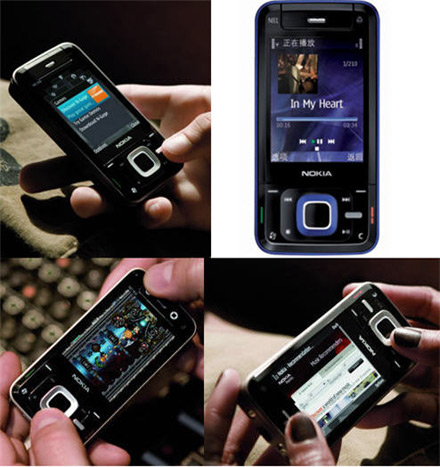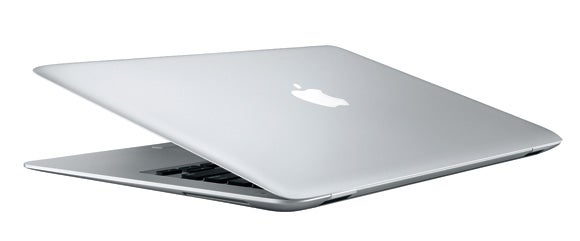
Second LifeSecond life is an internet based, virtual reality world, launched in 2003, developed by Linden Research (Linden Lab).Second Life are also competing with 'There', 'Active Worlds' and a more mature version 'Red Light Centre'. A parody of Second Life was made by Darren Barefoot Click for ParodyCriticism - Misleading population figures.One of main issues with Second Life is that at he beginning of the year Linden Lab's lied about the number of active registered accounts they have, they stated they had 2,325,015 'residents' of Second Life. The total of the amount does not equate to what is commonly known as 'active users', many people create an account and never use it again or one person may have many other accounts. The real number of active, individual users who log in on a recurring basis is in the region of 200,000 - 230,000. There are also 42,400 "premium" accounts now in use. Although the population of Second Life may not be of importance to everyday people, but to Investors and Advertisers it is very important. The full article can be read here:Article on PopulationVirtual pedophilia in Second Life causes concern
"The British government is beginning a public consultation to consider whether virtual child abuse should be treated as the real thing. Although there's nothing illegal about it, authorities are worried about worlds created for the Internet in which users can abuse virtual children. "Jim Gamble, head of the Child Exploitation and Online Protection Centre has told CTV News that "My concern is when that person steps out of the fantasy world, they actually bring that fantasy with them into the real world and will ultimately seek to act that out."
"It's considered likely that real pedophiles go to these virtual places to act out fantasies and meet one another."
Even though computer users are allowed to invent such virtual realities, video game companies would not be permitted by law to show such forms of abuse.
More can be read here.
Article on Paedofilia
Despite the criticisms and social issues surrounding 'Second Life' it has been complimented as being a Virtual World that provides students with 'educational oportunities'
Educational Oportunities
'A computer program called Second Life provides educators with unique opportunities to connect with students in a virtual landscape'.
It is said that 'Second Life' can be used as an alternative medium for students to express their understanding, and for instructors to assess their students' grasp of the course material. ""If you're a good writer, then you should be writing papers," he said. "But if you're not quite so good a writer, but you're a great artist, this would give you a different outlet where you can express your understanding and not get penalized."
It is also an oportunity to meet with people you may not have the chance to meet in reality, people living in different countries. Also it enhances the communication between students and faculty, because it's often more convenient to meet in Second Life than it is to schedule an in-person appointment.
Second Life has also been proved to be an interesting socialogical standpoint, "One of the interesting, almost utopian aspects of the project is that the company that set it up put almost no rules in place," he said. "The lack of rules was kind of an optimistic gesture by the creators, and it seems to be working pretty well."
More can be read at:
Article on educational oportunities





